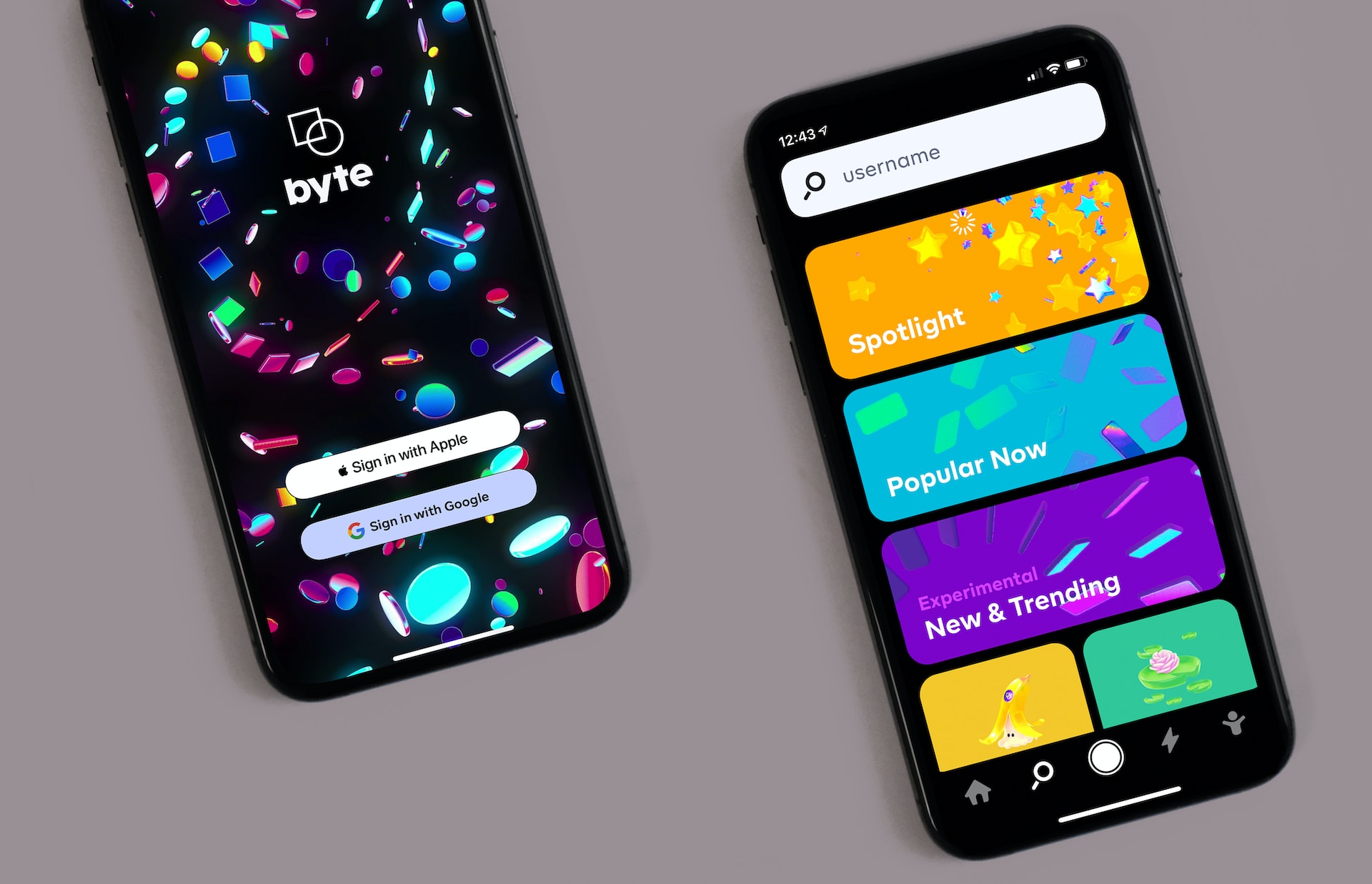
Scrum Fundamentals: A Comprehensive Guide for Developers
Master the essentials of Scrum methodology, from sprint planning to retrospectives, and learn how to effectively contribute to an agile development team.
Understanding Scrum: A Developer's Perspective
As software developers, we often find ourselves working in agile environments, with Scrum being one of the most popular frameworks. This guide will help you understand Scrum fundamentals and how to effectively participate in a Scrum team.
What is Scrum?
Scrum is an agile framework that helps teams work together. Think of it as a rugby team (where it gets its name) moving together down the field, passing the ball back and forth. It's designed to help teams:
- Deliver value incrementally
- Adapt to changing requirements
- Maintain sustainable development practices
- Foster collaboration and continuous improvement
Core Scrum Events
Sprint Planning
The sprint planning meeting sets the stage for the upcoming sprint. As a developer, you'll:
- Help estimate user stories
- Provide technical insights
- Commit to sprint goals
- Break down complex tasks
Daily Scrum
The daily standup meeting answers three key questions:
- What did you accomplish yesterday?
- What will you work on today?
- Are there any impediments blocking your progress?
Keep it concise and focused on sprint goals.
Sprint Review
At the end of each sprint:
- Demo completed features
- Gather stakeholder feedback
- Discuss technical challenges overcome
- Plan adjustments for future sprints
Sprint Retrospective
A crucial opportunity for team improvement:
- Celebrate successes
- Identify pain points
- Propose process improvements
- Create actionable items
Key Scrum Artifacts
Product Backlog
The product backlog is a living document containing:
- User stories
- Technical requirements
- Bug fixes
- Technical debt items
Sprint Backlog
Your team's commitment for the current sprint:
- Clearly defined tasks
- Story point estimates
- Acceptance criteria
- Technical requirements
Increment
The sum of all completed items:
- Working software
- Documentation updates
- Technical improvements
- Meeting Definition of Done
Best Practices for Developers
1. Technical Excellence
- Write clean, maintainable code
- Follow team coding standards
- Practice continuous integration
- Maintain comprehensive tests
2. Collaboration
- Actively participate in ceremonies
- Share knowledge with team members
- Pair program when beneficial
- Communicate blockers early
3. Continuous Improvement
- Learn from retrospectives
- Suggest process improvements
- Stay updated with tech trends
- Share learning with the team
4. Sprint Management
- Keep tasks updated
- Document technical decisions
- Help unblock team members
- Focus on sprint goals
Common Challenges and Solutions
Challenge 1: Technical Debt
Solution:
- Allocate time each sprint for refactoring
- Document technical debt items
- Prioritize critical improvements
- Balance new features with maintenance
Challenge 2: Estimation Accuracy
Solution:
- Use historical data
- Break down complex tasks
- Account for unknowns
- Regularly review estimates
Challenge 3: Scope Creep
Solution:
- Maintain clear acceptance criteria
- Communicate impact of changes
- Protect sprint boundaries
- Document scope changes
Tools and Resources
Project Management Tools
- Jira
- Trello
- Azure DevOps
- GitHub Projects
Development Practices
- Version Control (Git)
- CI/CD Pipelines
- Code Review Processes
- Automated Testing
Conclusion
Scrum is more than just a process—it's a mindset that promotes collaboration, continuous improvement, and delivering value. As developers, understanding and actively participating in Scrum practices helps us build better software and work more effectively as a team.
Remember:
- Stay focused on sprint goals
- Communicate effectively
- Embrace continuous improvement
- Maintain technical excellence
By following these principles and practices, you'll contribute to a more efficient and enjoyable development process for everyone involved.

Erinn Mahoney
A passionate writer and developer sharing insights about technology, coding, and digital experiences.
More Articles
View All
Building Progressive Web Apps: Bridging the Gap Between Web and Mobile
January 04, 2023

